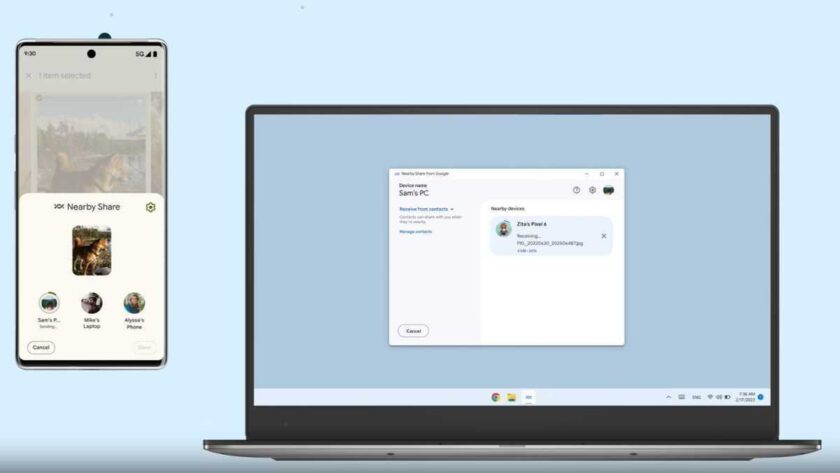Global mobile Internet data traffic is forecast to increase 18 times from 2011 to 2016, to 10.8 exabytes per month (or 130 exabytes annually).
Recently, Cisco issued results of the annual Cisco® Visual Networking Index (VNI) Forecast (2011-2016), the company’s ongoing initiative to forecast and analyze Internet protocol (IP) networking growth and trends worldwide. The VNI Internet Forecast update covers 2011-2016, and quantitatively projects the significant amount of IP traffic expected to travel public and private networks, including Internet, managed IP, and mobile data traffic generated by consumers and business users. This year, Cisco has also developed a new complementary study — the Cisco VNI Service Adoption Forecast, which includes global and regional residential, consumer mobile, and business services growth rates.
By 2016, annual global IP traffic is forecast to be 1.3 zettabytes — a zettabyte is equal to a sextillion bytes, or a trillion gigabytes. The projected increase of global IP traffic between 2015 and 2016 alone is more than 330 exabytes, which is almost equal to the total amount of global IP traffic generated in 2011 (369 exabytes). This significant level of traffic growth and service penetration is driven by a number of factors, including:
- An increasing number of devices: The proliferation of tablets, mobile phones, and other smart devices as well as machine-to-machine (M2M) connections are driving up the demand for connectivity. By 2016, the forecast projects there will be nearly 18.9 billion network connections — almost 2.5 connections for each person on earth, — compared with 10.3 billion in 2011
- More Internet users: By 2016, there are expected to be 3.4 billion Internet users — about 45 percent of the world’s projected population according to United Nations estimates.
- Faster broadband speeds: The average fixed broadband speed is expected to increase nearly fourfold, from 9 megabits per second (Mbps) in 2011 to 34 Mbps in 2016.
- More video: By 2016, 1.2 million video minutes — the equivalent of 833 days (or over two years) — would travel the Internet every second.
- Wi-Fi growth: By 2016, over half of the world’s Internet traffic is expected to come from Wi-Fi connections.
Adapted from itbusinessedge.com




